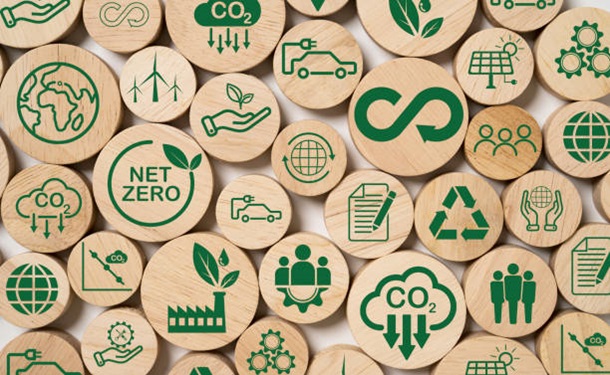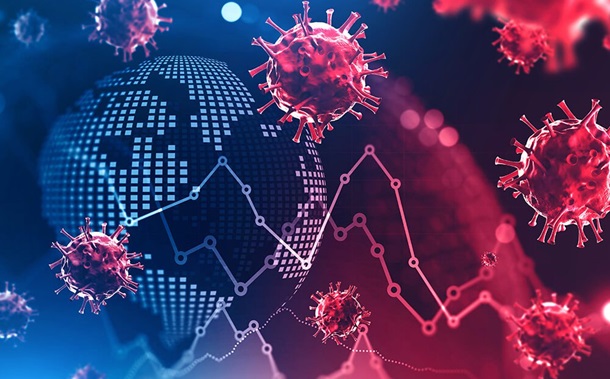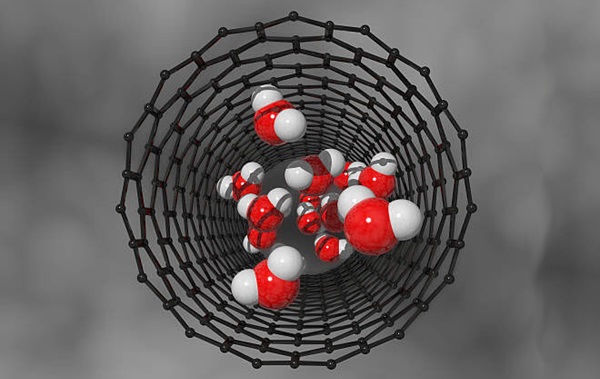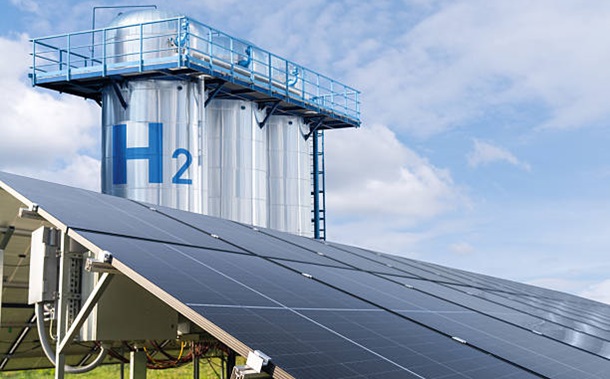Smart Irrigation System with IoT, Machine Learning, and Solar Power for Efficient Plant Care
Downloads
Efficient irrigation in green areas and homes is essential for environmental sustainability and water conservation. This study aims to develop an intelligent irrigation system based on the Internet of Things (IoT) and machine learning to optimize water use, improve plant monitoring, and enhance security. Two ESP32 microcontrollers and an ESP32-CAM were deployed to manage humidity, temperature, light sensors, and irrigation automation using a solenoid valve. A modified Yolov3-tiny model detects signs of dehydration and chlorosis in plants, while facial recognition restricts access to authorized users. Data is processed through IoT platforms such as Adafruit IO and Telegram, ensuring continuous solar-powered monitoring. Furthermore, integration with YouTube Live and Dropbox enables remote monitoring and intrusion detection. Experimental results indicate a 43.7% reduction in water consumption, efficient detection of plant problems (93.86% accuracy), and increased security. Based on AI and renewable energy, this innovative approach surpasses traditional systems and represents a scalable and sustainable solution for innovative irrigation management.
Downloads
[1] Addo-Bankas, O., Wei, T., Zhao, Y., Bai, X., Núñez, A. E., & Stefanakis, A. (2024). Revisiting the concept, urban practices, current advances, and future prospects of green infrastructure. Science of the Total Environment, 954, 176473. doi:10.1016/j.scitotenv.2024.176473.
[2] Ingrao, C., Strippoli, R., Lagioia, G., & Huisingh, D. (2023). Water scarcity in agriculture: An overview of causes, impacts and approaches for reducing the risks. Heliyon, 9(8), 18507. doi:10.1016/j.heliyon.2023.e18507.
[3] Rodríguez, C., García, B., Pinto, C., Sánchez, R., Serrano, J., & Leiva, E. (2022). Water Context in Latin America and the Caribbean: Distribution, Regulations and Prospects for Water Reuse and Reclamation. Water (Switzerland), 14(21), 3589. doi:10.3390/w14213589.
[4] Aquise, B. C., Lopez, G. W. L., Meza, J. E. Z., & Jesús Talavera, S. (2024). Optimizing Agricultural Irrigation in Arequipa - Peru, Through an IoT-Enable Automated Sprinkler Irrigation System. SSRG International Journal of Electrical and Electronics Engineering, 11(8), 256–263. doi:10.14445/23488379/IJEEE-V11I8P123.
[5] El-Khozondar, H. J., Mtair, S. Y., Qoffa, K. O., Qasem, O. I., Munyarawi, A. H., Nassar, Y. F., Bayoumi, E. H. E., & Halim, A. A. E. B. A. El. (2024). A smart energy monitoring system using ESP32 microcontroller. E-Prime - Advances in Electrical Engineering, Electronics and Energy, 9, 100666. doi:10.1016/j.prime.2024.100666.
[6] Waldburger, T., Anken, T., Cockburn, M., Walter, A., Hatt, M., Chiang, C., & Nasser, H. R. (2025). Automated irrigation of apple trees based on dendrometer sensors. Agricultural Water Management, 311, 109398. doi:10.1016/j.agwat.2025.109398.
[7] Upadhyay, A., Chandel, N. S., Singh, K. P., Chakraborty, S. K., Nandede, B. M., Kumar, M., Subeesh, A., Upendar, K., Salem, A., & Elbeltagi, A. (2025). Deep learning and computer vision in plant disease detection: a comprehensive review of techniques, models, and trends in precision agriculture. Artificial Intelligence Review, 58(3), 1–64. doi:10.1007/s10462-024-11100-x.
[8] Zakariazadeh, A., Ahshan, R., Al Abri, R., & Al-Abri, M. (2024). Renewable energy integration in sustainable water systems: A review. Cleaner Engineering and Technology, 18, 100722. doi:10.1016/j.clet.2024.100722.
[9] Sheline, C., Grant, F., Gelmini, S., Pratt, S., & Winter V., A. G. (2025). Designing a predictive optimal water and energy irrigation (POWEIr) controller for solar-powered drip irrigation systems in resource-constrained contexts. Applied Energy, 377, 124107. doi:10.1016/j.apenergy.2024.124107.
[10] Chen, L., Hu, Y., Wang, R., Li, X., Chen, Z., Hua, J., Osman, A. I., Farghali, M., Huang, L., Li, J., Dong, L., Rooney, D. W., & Yap, P. S. (2024). Green building practices to integrate renewable energy in the construction sector: a review. Environmental Chemistry Letters, 22(2), 751–784. doi:10.1007/s10311-023-01675-2.
[11] Majid, A., Jamaaluddin, Wiguna, A., Setiawan, H., & Farihah, A. (2023). Development of an Automatic Water Flow Sensor System Using ESP32 for Efficient Water Control. IOP Conference Series: Earth and Environmental Science, 1242(1), 12016. doi:10.1088/1755-1315/1242/1/012016.
[12] Rao, T. S., Pranay, P., Narayana, S., Reddy, Y., Sunil, & Kaur, P. (2021). ESP32 Based Implementation of Water Quality and Quantity Regulating System. Proceedings of the 3rd International Conference on Integrated Intelligent Computing Communication & Security (ICIIC 2021), 4, 122–129. doi:10.2991/ahis.k.210913.016.
[13] Pereira, G. P., Chaari, M. Z., & Daroge, F. (2023). IoT-Enabled Smart Drip Irrigation System Using ESP32. Internet of Things, 4(3), 221–243. doi:10.3390/iot4030012.
[14] Lin, J. Y., Tsai, H. L., & Lyu, W. H. (2021). An integrated wireless multi-sensor system for monitoring the water quality of aquaculture. Sensors, 21(24), 8179. doi:10.3390/s21248179.
[15] Mamat, N. H., Shazali, H. A., & Othman, W. Z. (2022). Development of a Weather Station with Water Level and Waterflow Detection using Arduino. Journal of Physics: Conference Series, 2319(1), 12020. doi:10.1088/1742-6596/2319/1/012020.
[16] Chang, C. C., Lee, Y. Y., Hou, T. Y., & Yu, C. C. (2022). Information Security in Wireless Water Flow and Leakage Alarm System. Sensors and Materials, 34(6), 2189–2197. doi:10.18494/SAM3811.
[17] Abu Sneineh, A., & Shabaneh, A. A. A. (2023). Design of a smart hydroponics monitoring system using an ESP32 microcontroller and the Internet of Things. MethodsX, 11, 102401. doi:10.1016/j.mex.2023.102401.
[18] Mat Toridi, N., Amri, M. I. H., Mohd Hisham, M. S. S., Ismail, N. S., Kupo, A. D. A., Mohamed Ramli, N., Khairudin, N., & Abd Aziz, S. (2024). Wireless Water Level Detection System. Advances in Agricultural and Food Research Journal, 5(1), 1-11. doi:10.36877/aafrj.a0000490.
[19] Prakash Korlepara, N. S. D., Narasimha Raju, V. S. N., Satyanarayana, P. V. V., Sunil Kumar, V., Jahnavi Priya, Y., & Harsha Vardan, D. (2024). Real-Time Precision Irrigation System for Optimal Crop Yield and Water Conservation. IOP Conference Series: Earth and Environmental Science, 1375(1), 12019. doi:10.1088/1755-1315/1375/1/012019.
[20] Satriyo, P., Nasution, I. S., & F’Alia, S. (2024). IoT-enable smart agriculture using multiple sensors for sprinkle irrigation systems. IOP Conference Series: Earth and Environmental Science, 1290(1), 12027. doi:10.1088/1755-1315/1290/1/012027.
[21] Faysal, Z., & Mohammed, G. (2021). Remote Farm Monitoring and Irrigation System. AL-Rafidain Journal of Computer Sciences and Mathematics, 15(2), 123–138. doi:10.33899/csmj.2021.170016.
[22] R. Mehta, K., Jayant Naidu, K., Baheti, M., Parmar, D., & Sharmila, A. (2023). Internet of Things Based Smart Irrigation System Using ESP WROOM 32. Journal on Internet of Things, 5, 45–55. doi:10.32604/jiot.2023.043102.
[23] Zid, C., Kasim, N., Raza Soomro, A., & Laidoune, A. (2020). The discrepancy in the construction industry of Malaysia: One of the most contributing industries in Malaysia’s economy and the highest contributor of the fatal accidents. IOP Conference Series: Materials Science and Engineering, 788(1), 12034. doi:10.1088/1757-899X/788/1/012034.
[24] Idris, F., Latiff, A. A., Buntat, M. A., Lecthmanan, Y., & Berahim, Z. (2024). IoT-based fertigation system for agriculture. Bulletin of Electrical Engineering and Informatics, 13(3), 1574–1581. doi:10.11591/eei.v13i3.6829.
[25] Lakhiar, I. A., Yan, H., Zhang, C., Wang, G., He, B., Hao, B., Han, Y., Wang, B., Bao, R., Syed, T. N., Chauhdary, J. N., & Rakibuzzaman, M. (2024). A Review of Precision Irrigation Water-Saving Technology under Changing Climate for Enhancing Water Use Efficiency, Crop Yield, and Environmental Footprints. Agriculture (Switzerland), 14(7), 1141. doi:10.3390/agriculture14071141.
[26] van Klompenburg, T., Kassahun, A., & Catal, C. (2020). Crop yield prediction using machine learning: A systematic literature review. Computers and Electronics in Agriculture, 177, 100718. doi:10.1016/j.compag.2020.105709.
[27] Rumbayan, M., Pundoko, I., Sompie, S. R., & Ruindungan, D. G. (2025). Integration of smart water management and photovoltaic pumping system to supply domestic water for rural communities. Results in Engineering, 25, 103966. doi:10.1016/j.rineng.2025.103966.
[28] Routis, G., & Roussaki, I. (2023). Low Power IoT Electronics in Precision Irrigation. Smart Agricultural Technology, 5, 100310. doi:10.1016/j.atech.2023.100310.
[29] Shafique, R., Khan, S. H., Ryu, J., & Lee, S. W. (2025). Weather-Driven Predictive Models for Jassid and Thrips Infestation in Cotton Crop. Sustainability (Switzerland), 17(7), 2803. doi:10.3390/su17072803.
[30] Rumetna, M. S., Lina, T. N., Rajagukguk, I. S., Pormes, F. S., & Santoso, A. B. (2022). Payroll Information System Design Using Waterfall Method. International Journal of Advances in Data and Information Systems, 3(1), 1–10. doi:10.25008/ijadis.v3i1.1227.
[31] Roman, A., & Mnich, M. (2021). Test-driven development with mutation testing – an experimental study. Software Quality Journal, 29(1), 1–38. doi:10.1007/s11219-020-09534-x.
[32] INEI. (2022). A glimpse of Peru in figures. Instituto Nacional de Estadística e Informática - Plataforma del Estado Peruano. Gobierno Del Perú. Available online: https://www.gob.pe/en/institucion/inei/informes-publicaciones/6421190-una-mirada-al-peru-en-cifras (accessed on May 2025).
[33] Kurniasari, A. A., Puspitasari, P. S. D., Perdanasari, L., Yuana, D. B. M., & Jumiatun. (2025). Enhancing Hydroponic Systems with ESP32: An IoT Approach to Real-Time Monitoring and Automation. IOP Conference Series: Earth and Environmental Science, 1446(1), 12010. doi:10.1088/1755-1315/1446/1/012010.
[34] Elhattab, K., Abouelmehdi, K., & Elatar, S. (2023). New Model to Monitor Plant Growth Remotely using ESP32-CAM and Mobile Application. Proceedings - 10th International Conference on Wireless Networks and Mobile Communications, WINCOM 2023, 10322939. doi:10.1109/WINCOM59760.2023.10322939.
- This work (including HTML and PDF Files) is licensed under a Creative Commons Attribution 4.0 International License.



















